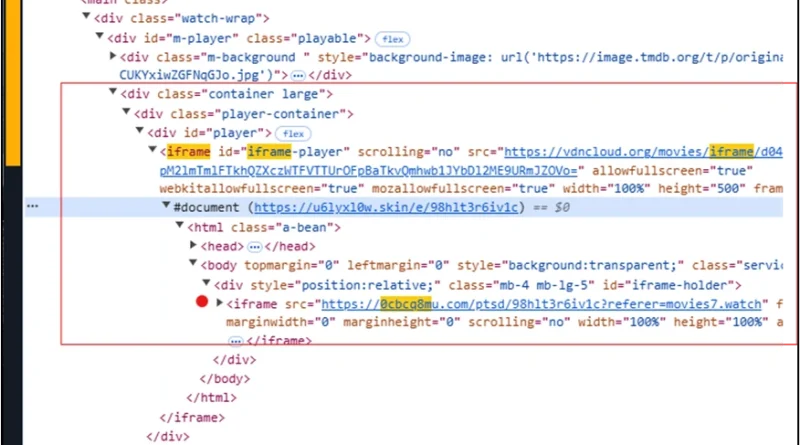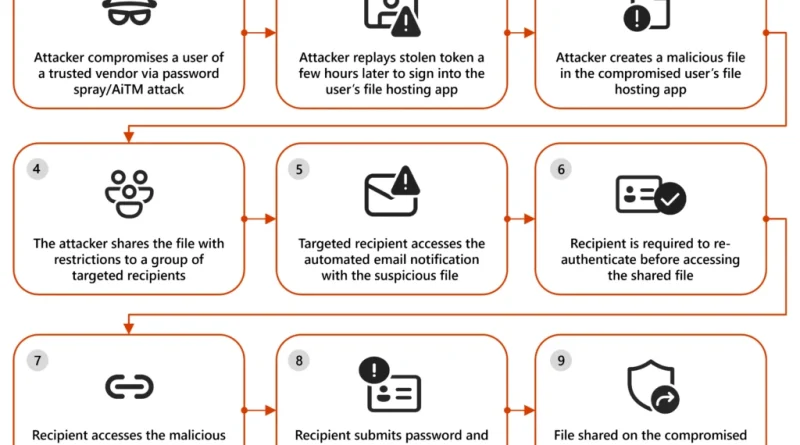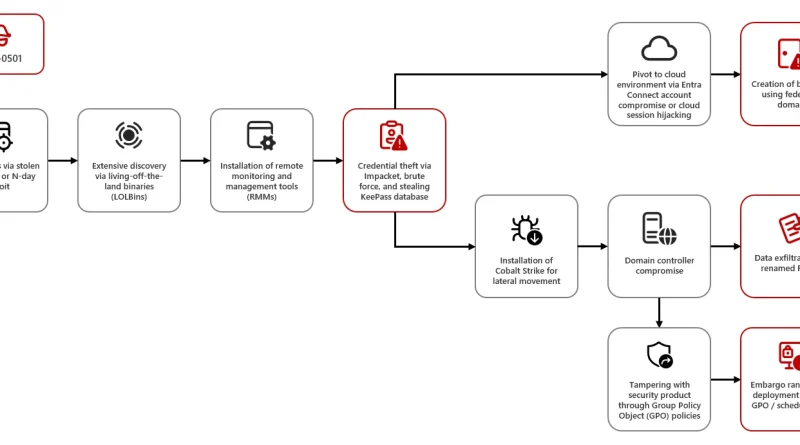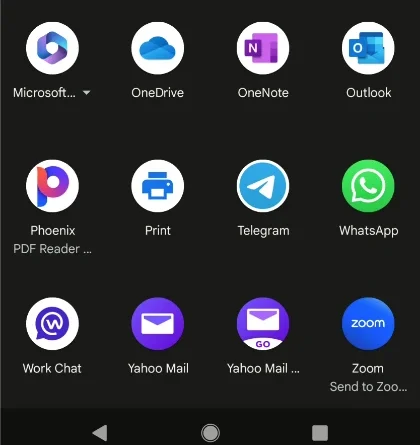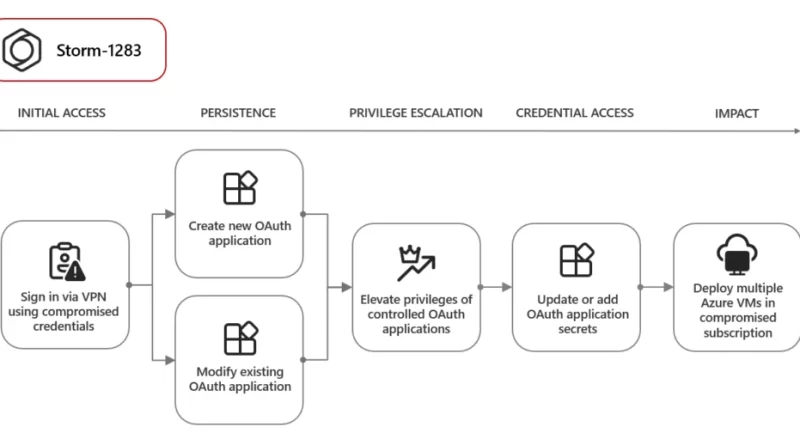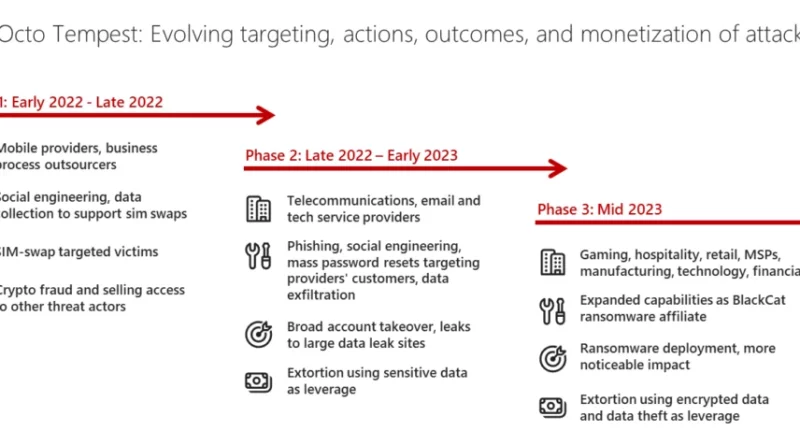Phishing campaign impersonates Booking .com, delivers a suite of credential-stealing malware
Starting in December 2024, leading up to some of the busiest travel days, Microsoft Threat Intelligence identified a phishing campaign that impersonates online travel agency Booking.com and targets organizations in the hospitality industry. The campaign uses a social engineering technique called ClickFix to deliver multiple credential-stealing malware in order to conduct financial fraud and theft. […]
The post Phishing campaign impersonates Booking .com, delivers a suite of credential-stealing malware appeared first on Microsoft Security Blog. READ MORE HERE…


